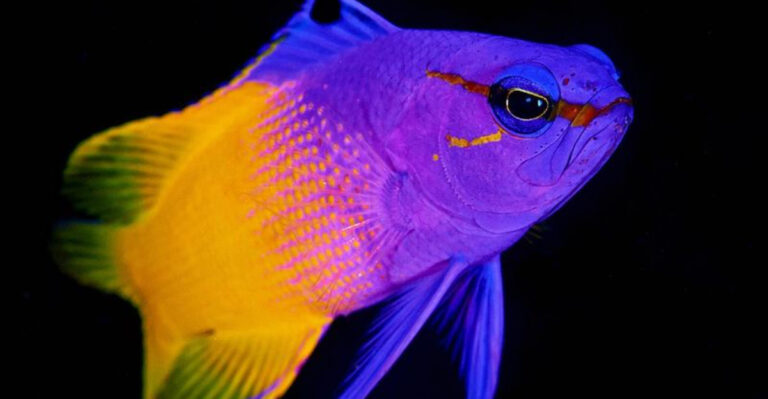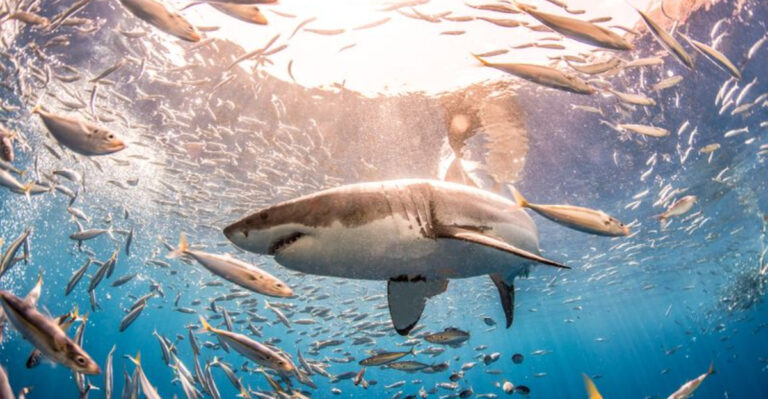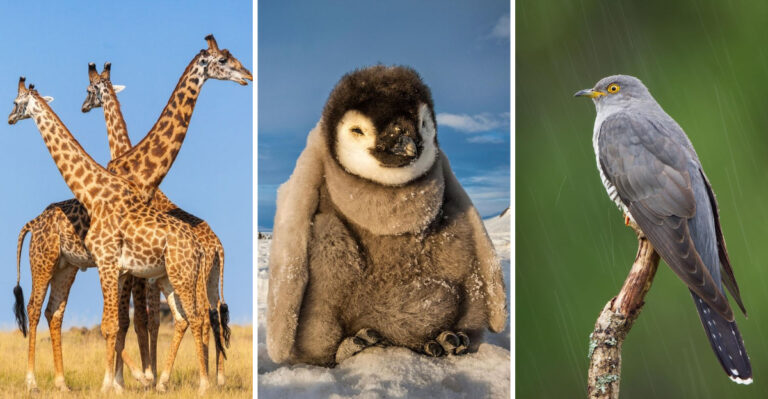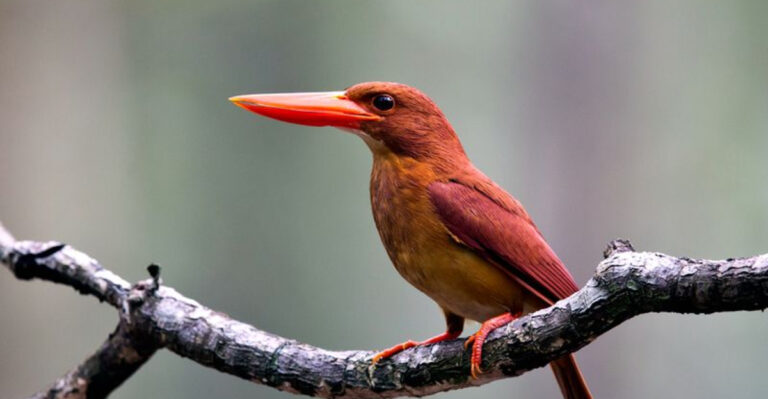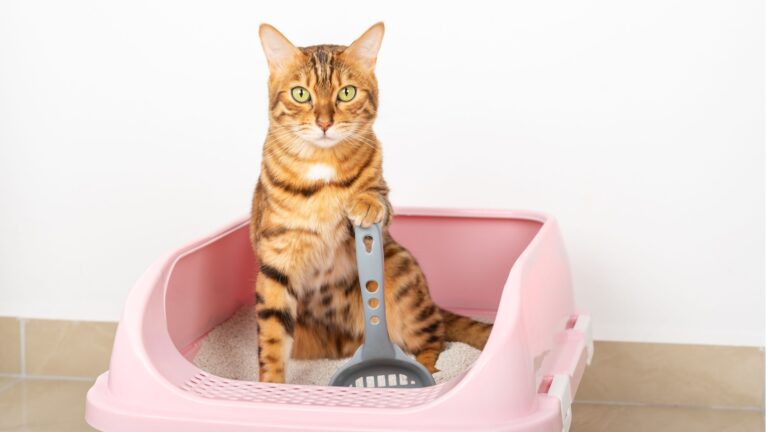13 Wild Animals People Mistakenly Think Can Be Tamed As Pets
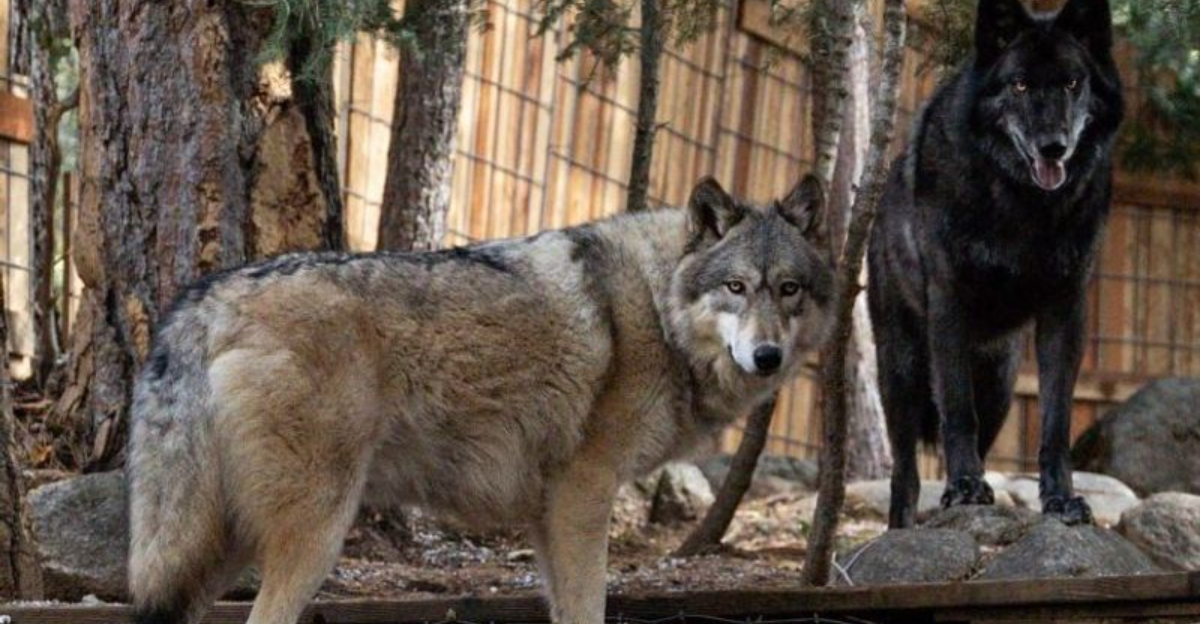
The allure of exotic pets has captivated many animal lovers, but there’s a dangerous misconception that wild animals can be domesticated with enough love and care.
Unlike dogs and cats, which have been selectively bred for thousands of years to live alongside humans, wild animals retain their natural instincts regardless of how they’re raised.
1. Tigers: Majestic Predators, Not Oversized House Cats

Those adorable tiger cubs grow into 500-pound apex predators with natural hunting instincts that never disappear. Even hand-raised tigers have mauled their owners without warning.
The illegal tiger pet trade contributes to wildlife trafficking and animal suffering. Most pet tigers end up abandoned, euthanized, or living in substandard conditions when owners realize they can’t handle them.
2. Raccoons: Cute Bandits That Destroy Homes
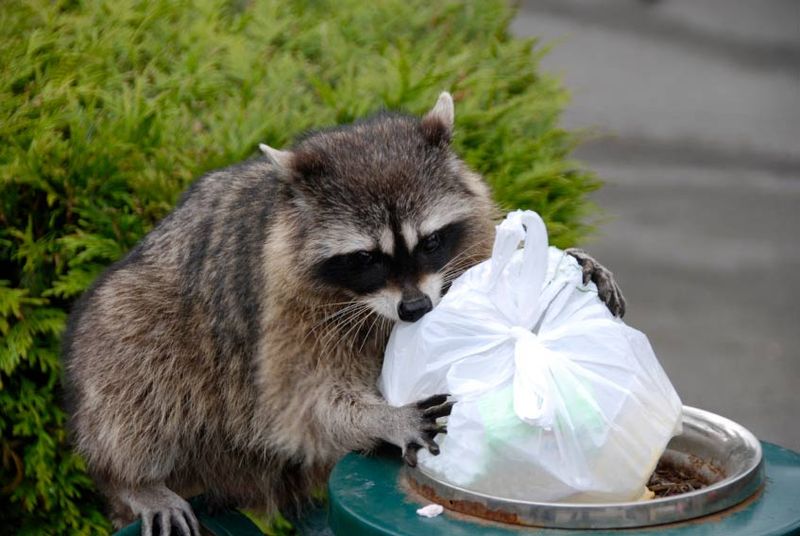
Those viral videos of raccoons doing adorable things hide a challenging reality. Raccoons possess remarkable dexterity with their human-like hands, using this skill to open cabinets, refrigerators, and even locked doors.
As they mature, raccoons become increasingly aggressive and destructive. They’ll tear up furniture, rip out insulation, and can’t be reliably litter-trained. Many carry parasites and diseases transmissible to humans.
3. Monkeys: Intelligence That Turns Problematic
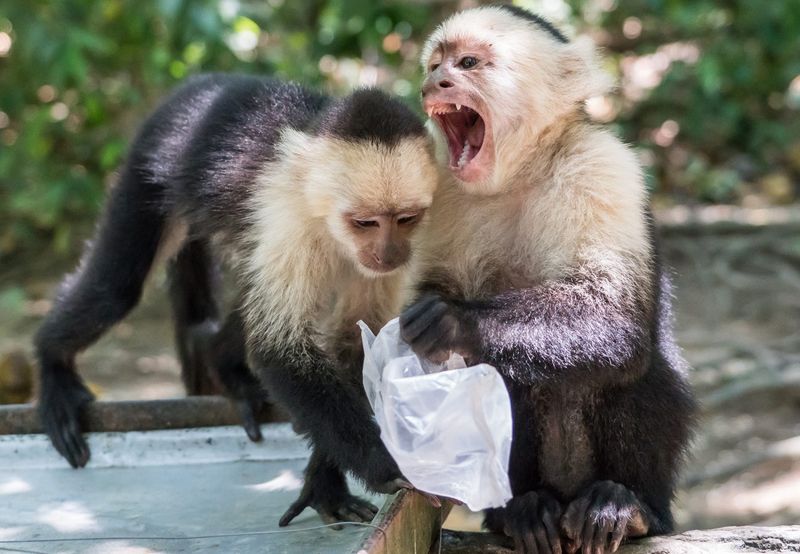
Baby monkeys appear endearing in diapers and outfits, but they grow into strong, intelligent adults with complex needs no home can satisfy. They require specialized diets, constant stimulation, and social interaction with their own kind.
Frustrated captive monkeys often develop serious behavioral problems including self-harm, aggression, and property destruction. Many pet monkeys end up with severe psychological damage, becoming dangerous and unpredictable.
4. Wolves And Wolf Hybrids: Wild At Heart
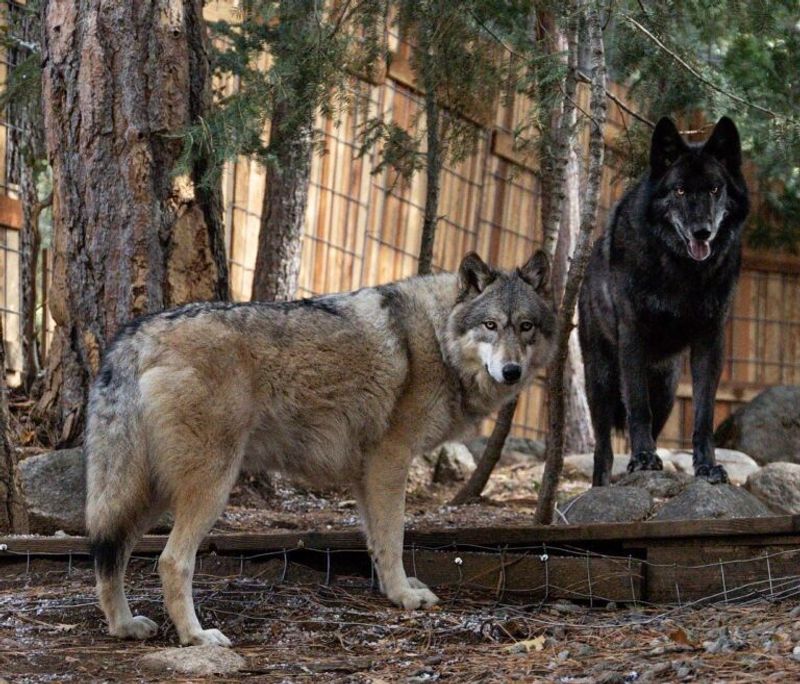
Looking like majestic dogs, wolves and wolf-dog hybrids attract owners seeking a special bond with nature. Reality hits when these animals mature and their wild instincts emerge.
Wolf hybrids require specialized containment systems as they can jump fences over 6 feet tall and dig extensively. They mark territory with strong-smelling urine throughout the home and may challenge owners for dominance with potentially dangerous consequences.
5. Foxes: Adorable But Incompatible With Domestic Life
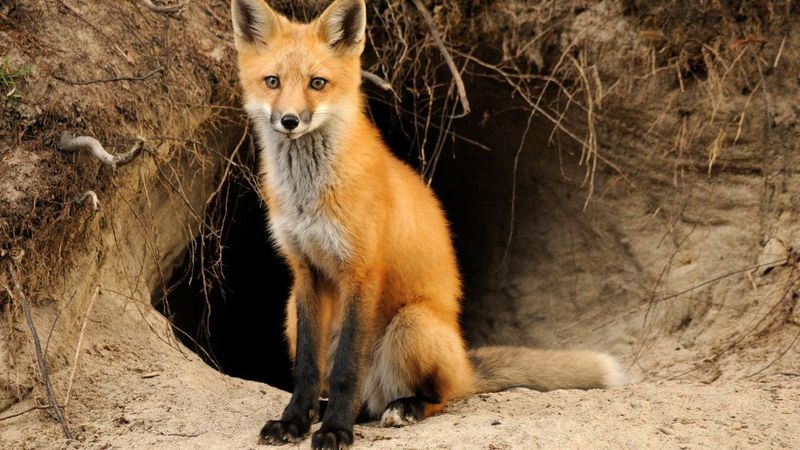
Social media has popularized foxes as quirky pets with their playful antics and dog-like appearance. The reality includes a musky, skunk-like odor no amount of bathing eliminates.
Foxes are escape artists that dig through floors and walls. They mark territory constantly and their high-pitched screams can disturb entire neighborhoods. Their natural diet requires raw meat, insects, and varied foods most owners aren’t prepared to provide.
6. Bears: Powerful Giants With Unpredictable Temperaments
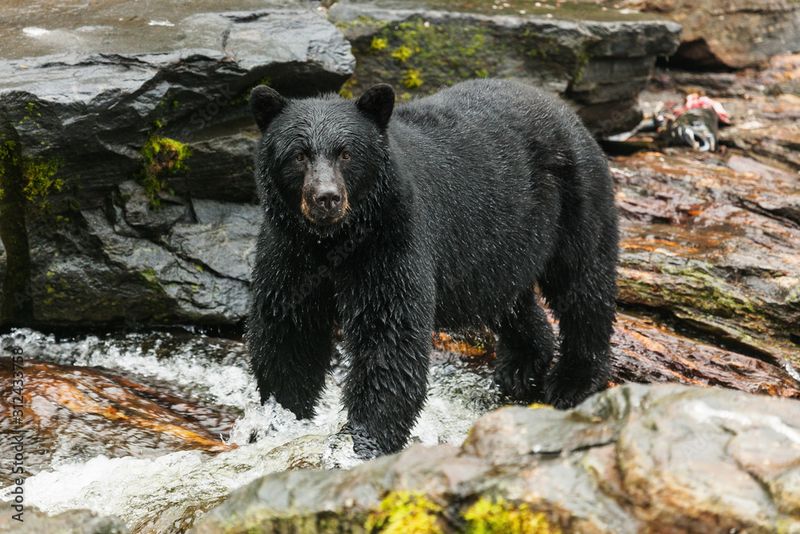
Bear cubs might seem huggable, but they quickly grow into one of nature’s most powerful predators. Even small black bears reach 300 pounds with jaw strength that can crush bowling balls.
Bears naturally roam territories spanning miles, making confinement cruel and dangerous. Their powerful sense of smell leads them to food anywhere in your home. When frustrated or frightened, even hand-raised bears can inflict fatal injuries.
7. Alligators: Prehistoric Predators Unsuited For Bathtubs
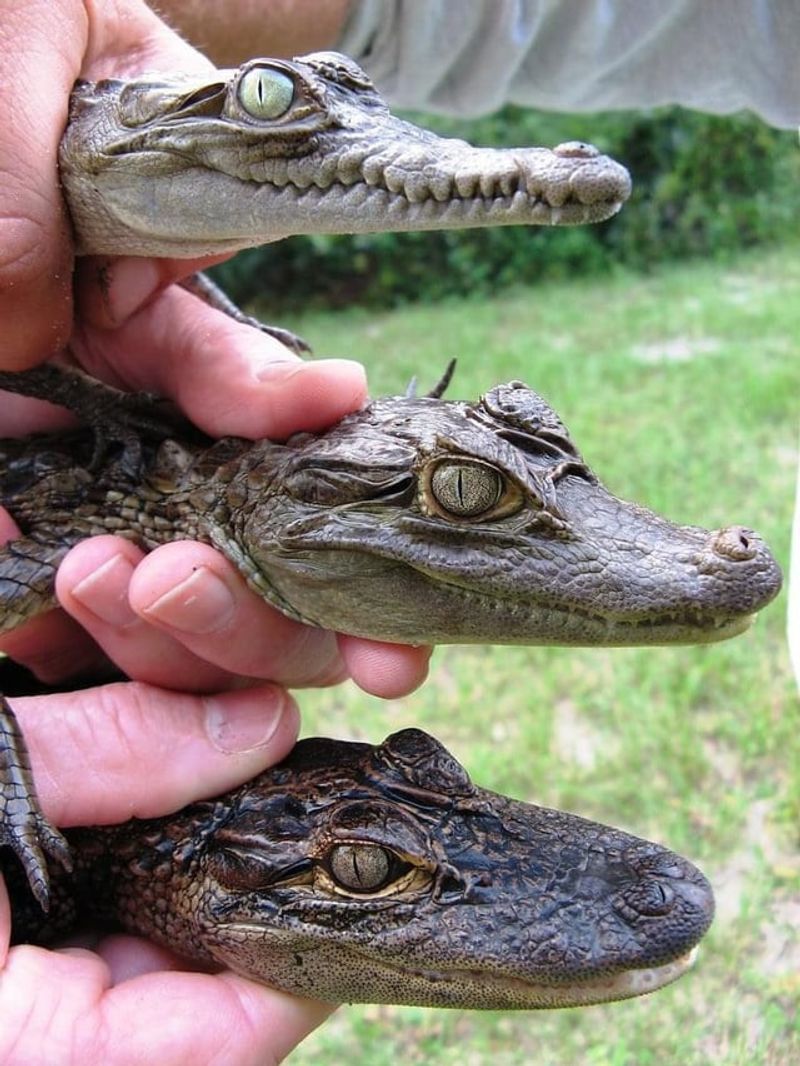
Baby alligators may look manageable in small tanks, but they grow rapidly into apex predators that can exceed 10 feet. Their powerful jaws can crush bones with ease.
Alligators require specialized environments with precise temperature and humidity controls. They need large bodies of water and cannot be properly housed in residential settings. Their primitive brains don’t form emotional bonds with humans, regardless of how they’re raised.
8. Coyotes: Wild Canids That Resist Domestication
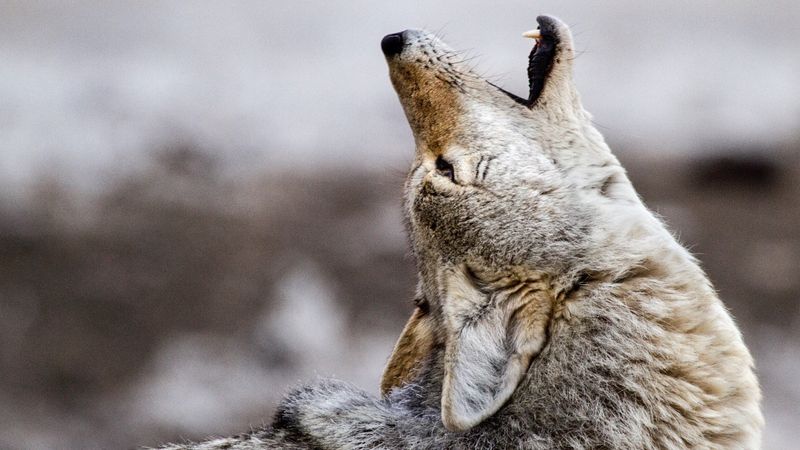
Resembling small German shepherds, coyotes occasionally get rescued as pups and raised as pets. Unlike dogs, which have evolved alongside humans for millennia, coyotes retain strong wild instincts that emerge in adolescence.
Coyotes become extremely destructive indoors, shredding furniture and howling throughout the night. They’re escape artists that can scale fences and dig under foundations. Most concerning, they can never be fully trusted around smaller pets or children.
9. Big Cats: Leopards, Cougars, And Lions
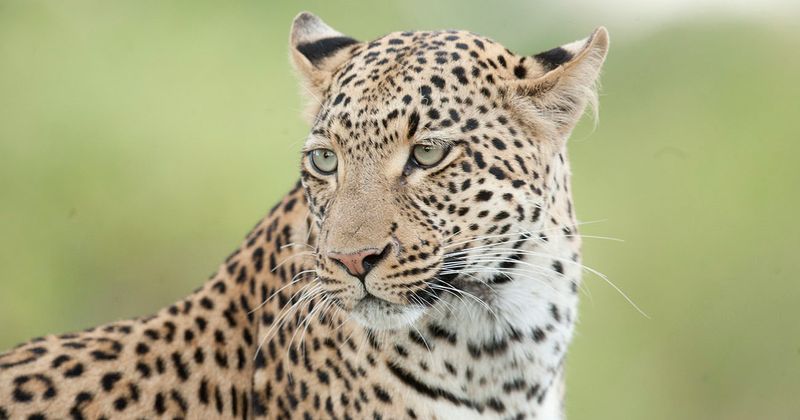
The internet abounds with videos of people cuddling large cats, creating dangerous misconceptions. Big cats retain hunting instincts that trigger unpredictably, even after years of seeming tameness.
These animals require massive space, specialized diets costing thousands yearly, and veterinary care few professionals can provide. Their natural behaviors include spraying pungent urine to mark territory and aggressive play that can cause serious injuries even without malicious intent.
10. Skunks: More Than Just Their Notorious Spray
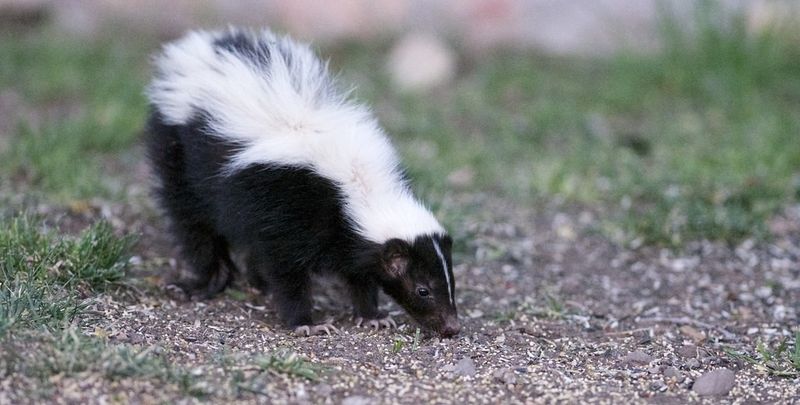
Some states allow pet skunks with removed scent glands, but this surgery creates ethical concerns and doesn’t make them suitable pets. Skunks are nocturnal animals that become active when humans sleep.
Their natural behaviors include digging and foraging, which translates to torn carpets and upended houseplants. They require specialized diets to prevent obesity and health problems. Many develop aggressive tendencies during breeding season, regardless of being neutered.
11. Venomous Snakes: Beauty That Comes With Deadly Risk
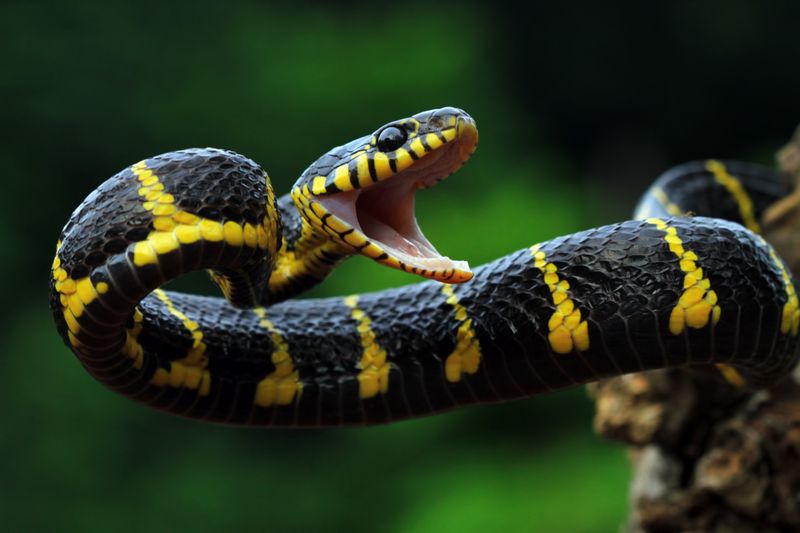
The vibrant colors and patterns of cobras, vipers, and other venomous snakes attract collectors seeking exotic pets. One mistake in handling can result in life-threatening bites requiring specialized antivenin rarely stocked in local hospitals.
Escape incidents happen regularly, putting neighbors and pets at risk. Many municipalities ban venomous reptiles, meaning owners keep them illegally and may avoid seeking medical help during emergencies, complicating already dangerous situations.
12. Crocodiles: Ancient Hunters With Primitive Brains
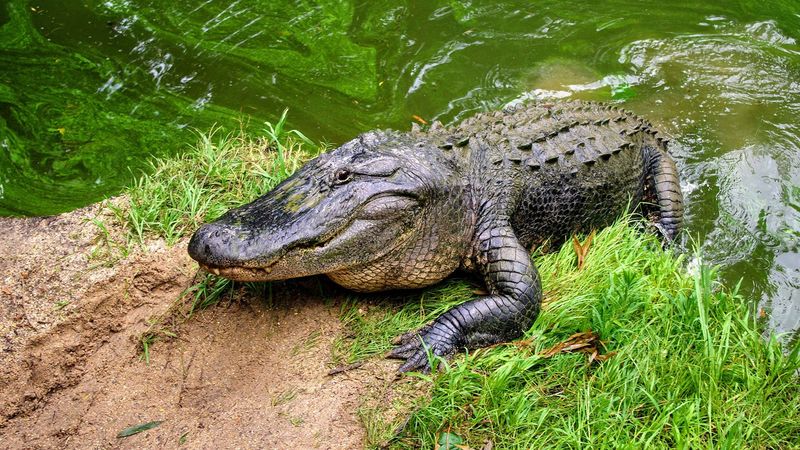
Crocodiles have remained virtually unchanged for millions of years because they’re perfectly evolved killing machines. Their brains lack the structures needed for bonding with humans, making true domestication impossible.
They grow throughout their lives, eventually requiring massive custom enclosures with specialized filtration systems. Their powerful tails can break bones with a single swipe. Feeding adult crocodiles safely requires professional training and equipment beyond most private owners.
13. Raccoon Dogs: Not Dogs Despite The Name
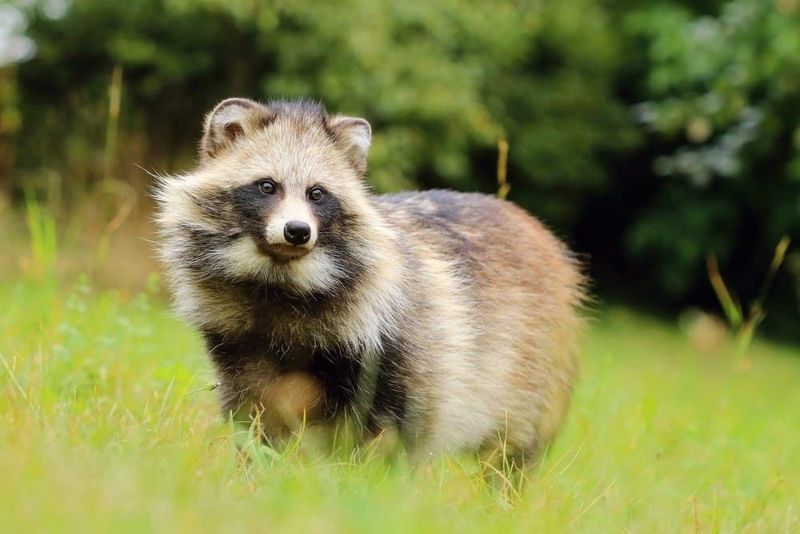
Raccoon dogs (tanuki) have surged in popularity after appearing in viral videos. Despite their name and dog-like appearance, they’re more closely related to foxes and retain wild behaviors incompatible with home life.
They emit strong odors and cannot be reliably housebroken. Raccoon dogs hibernate naturally in winter, becoming lethargic and refusing food, which owners often mistake for illness. They’re excellent climbers and diggers, making escape nearly inevitable.

